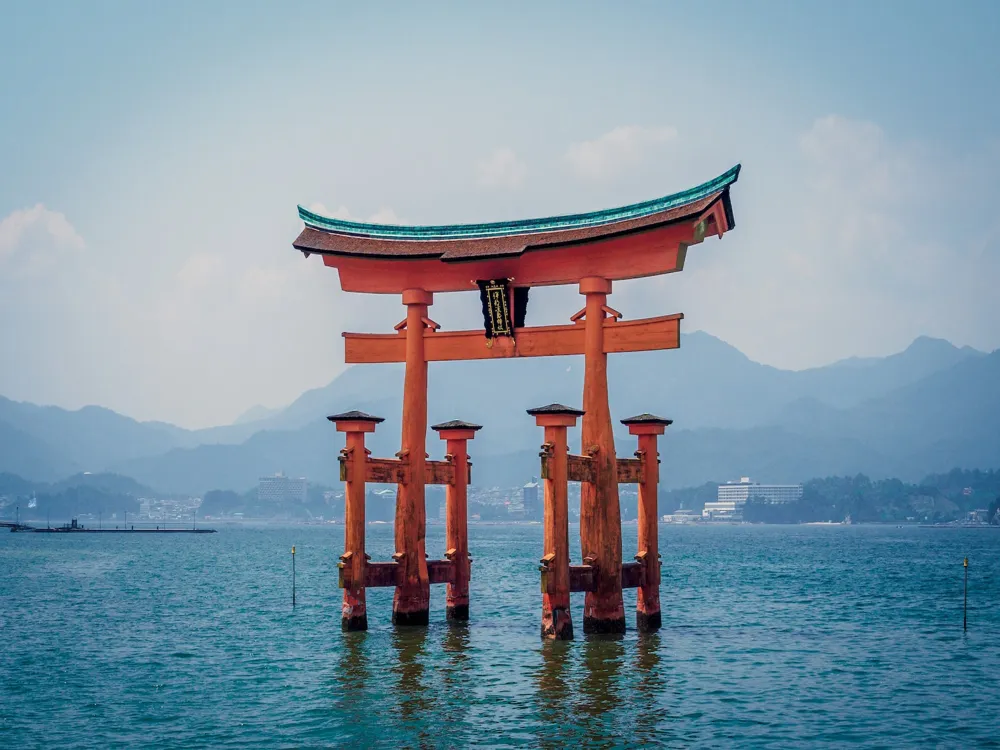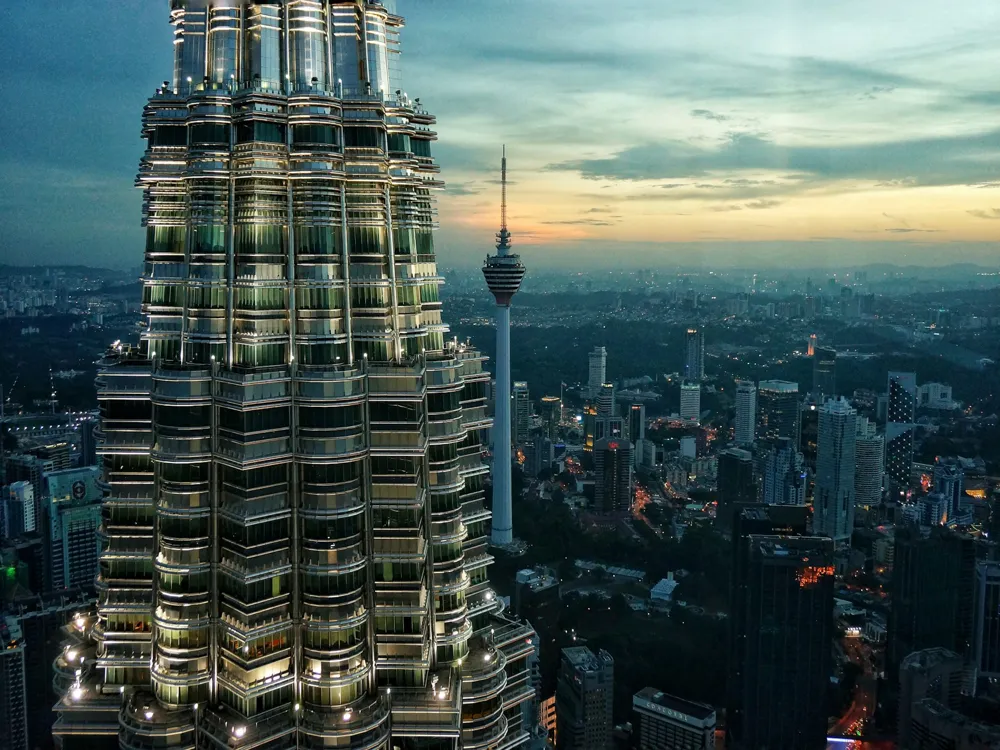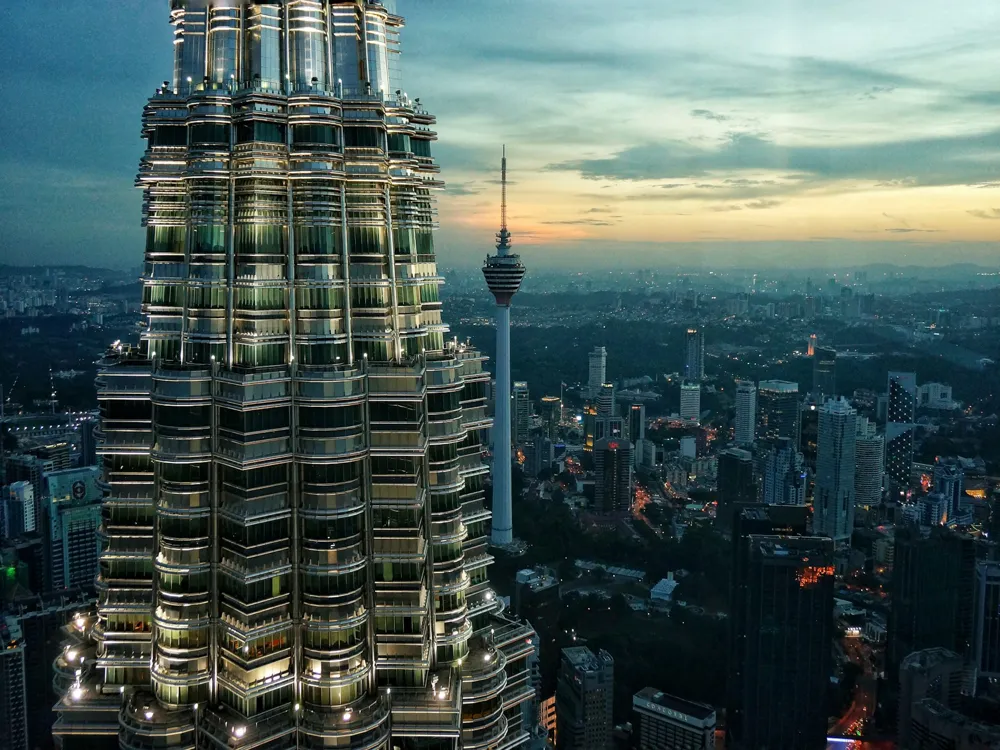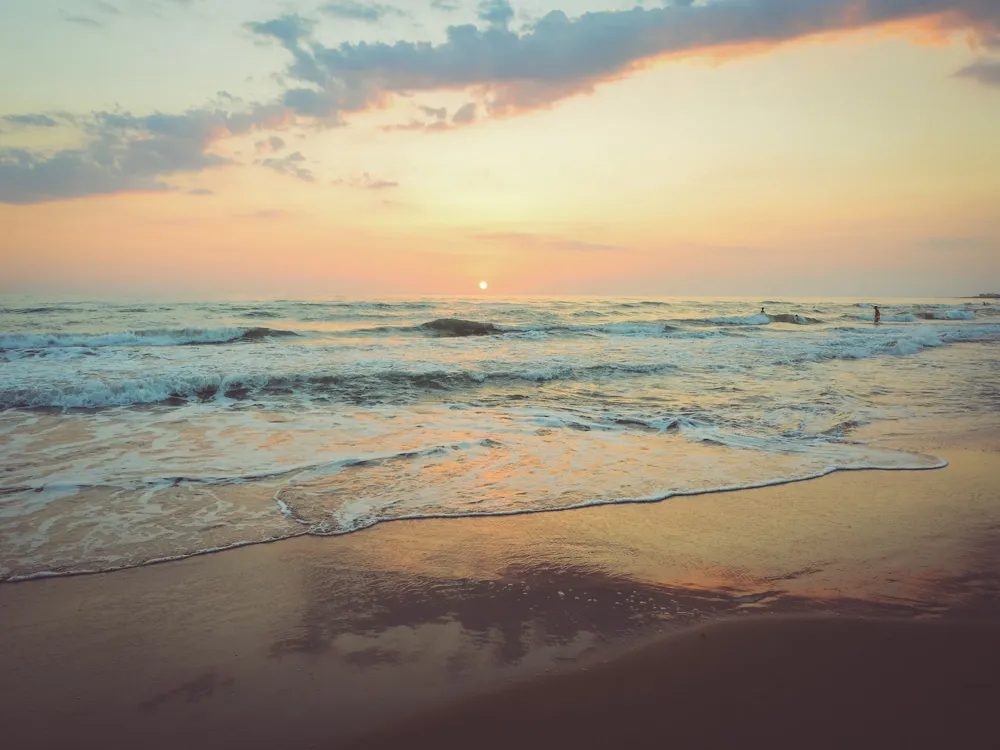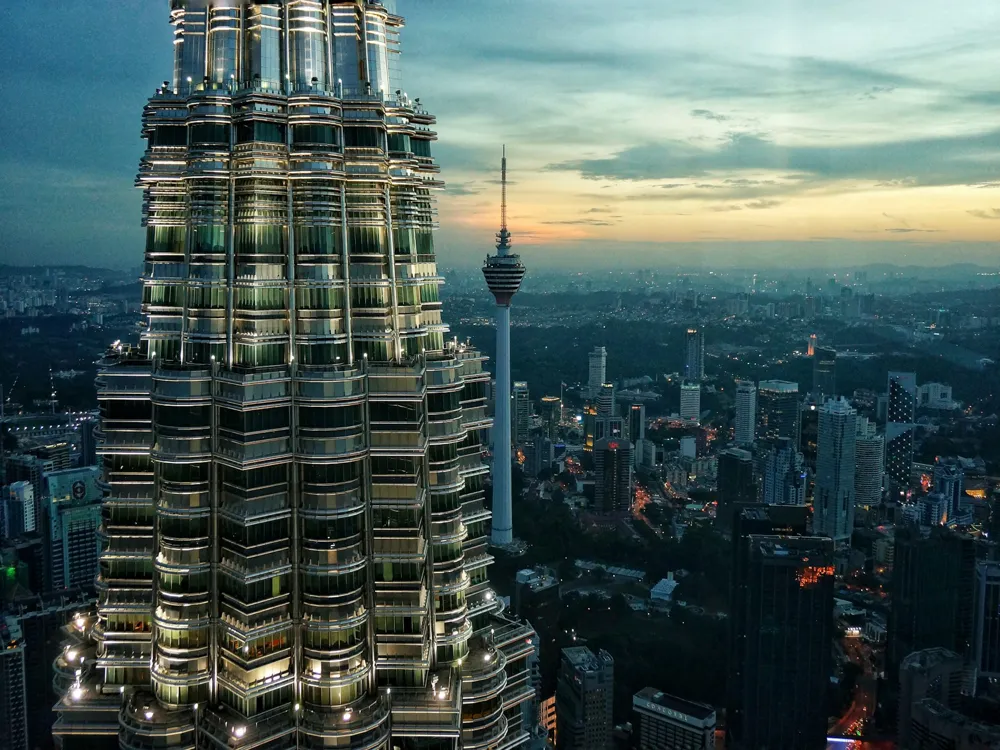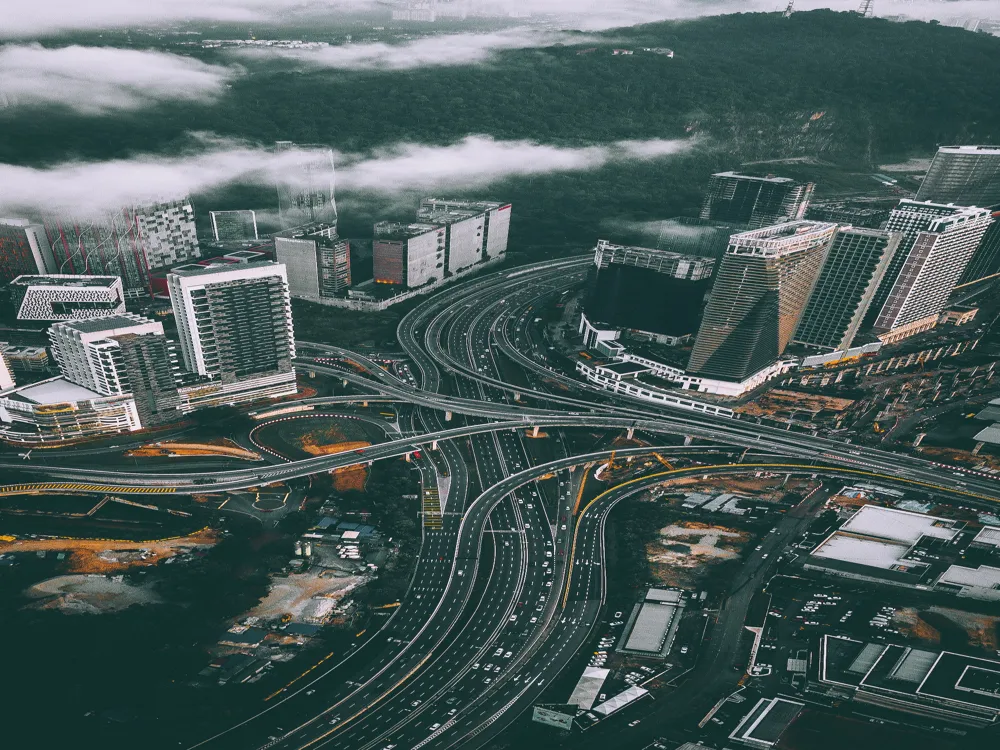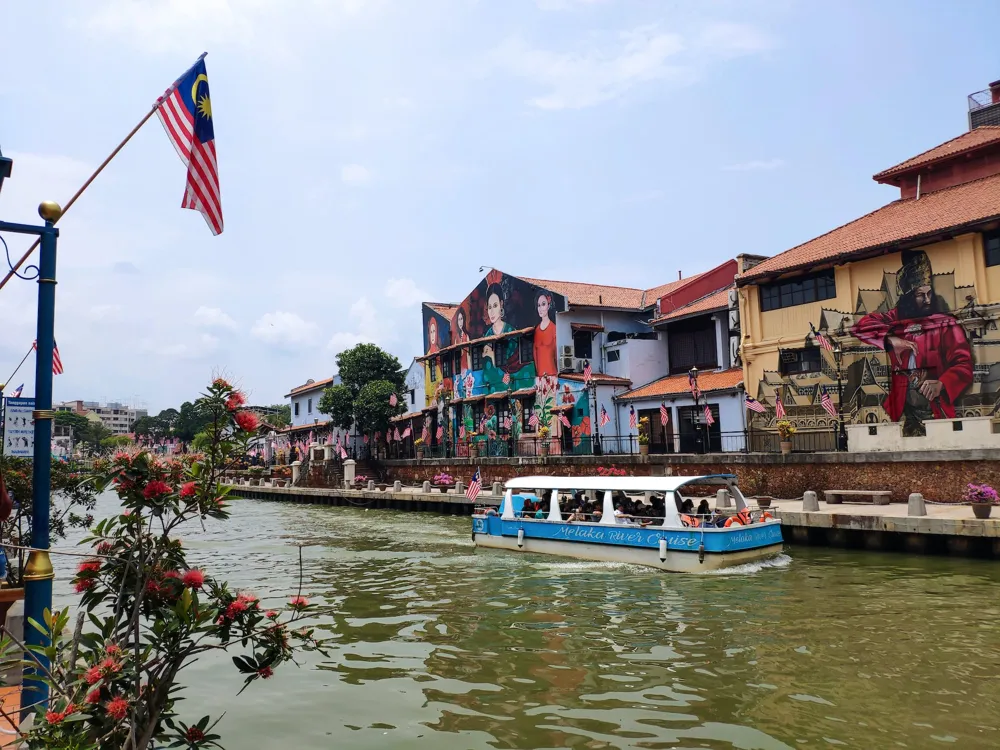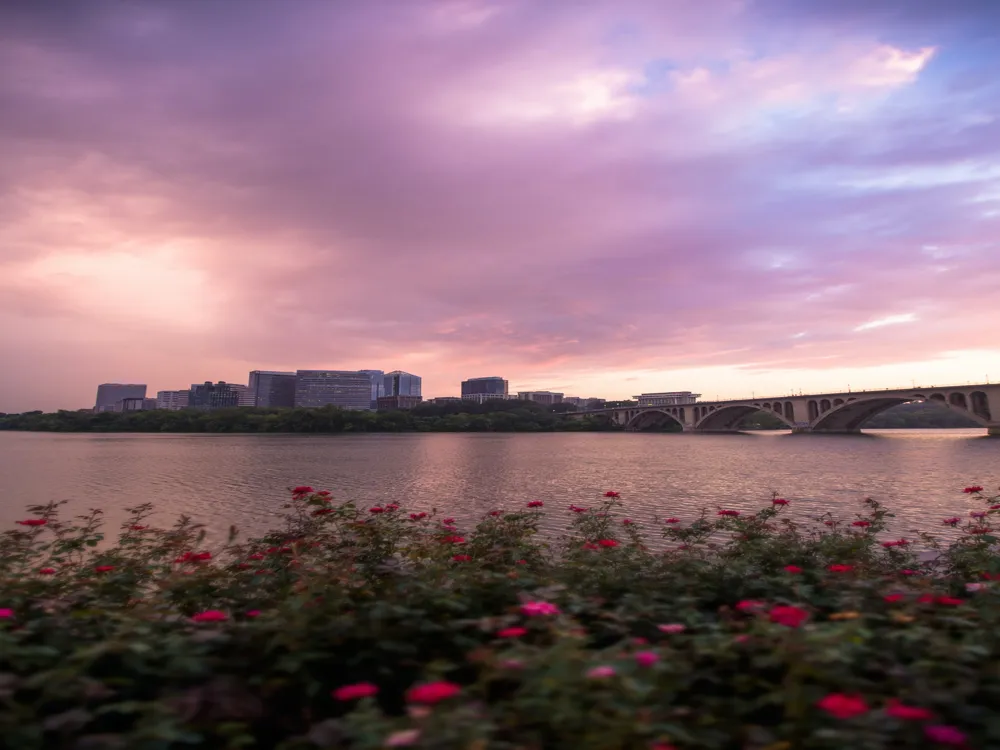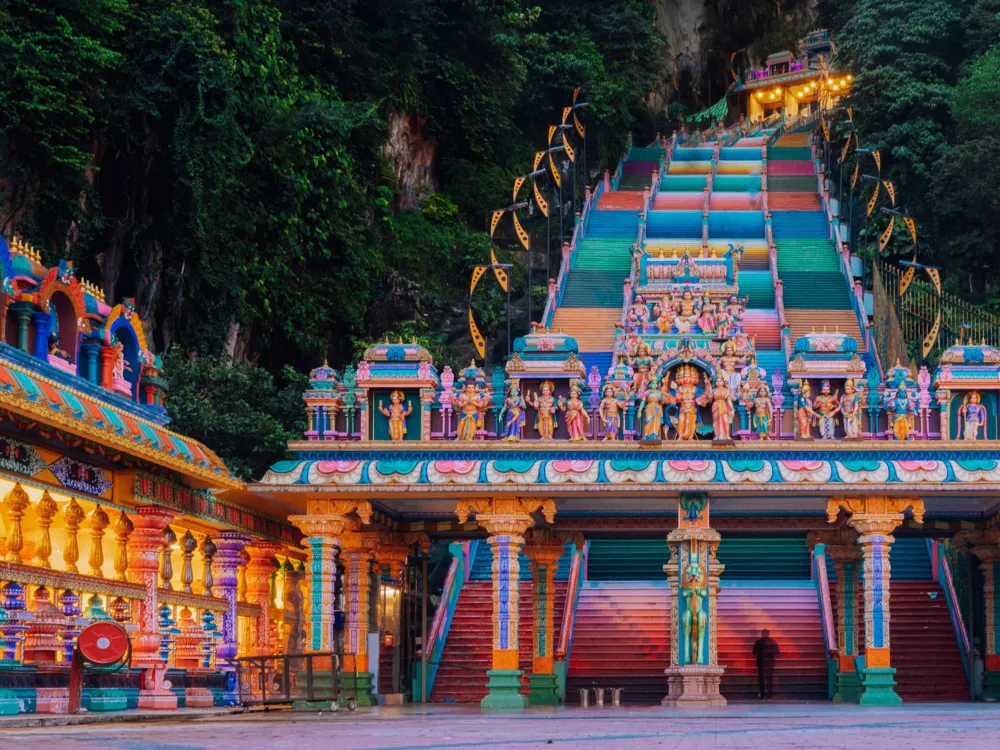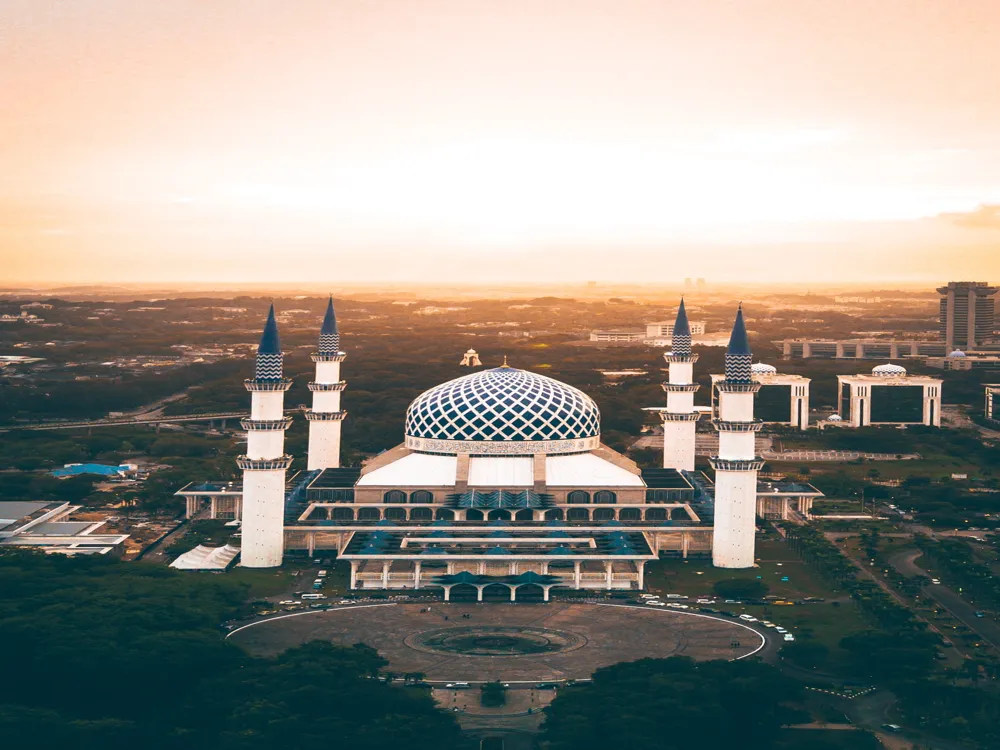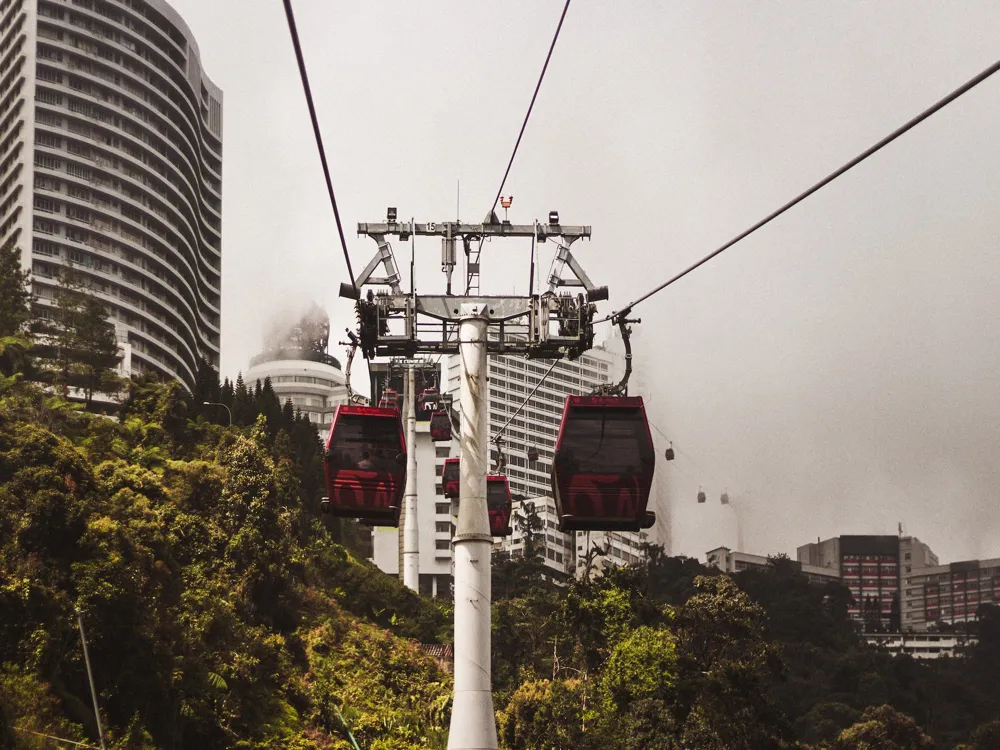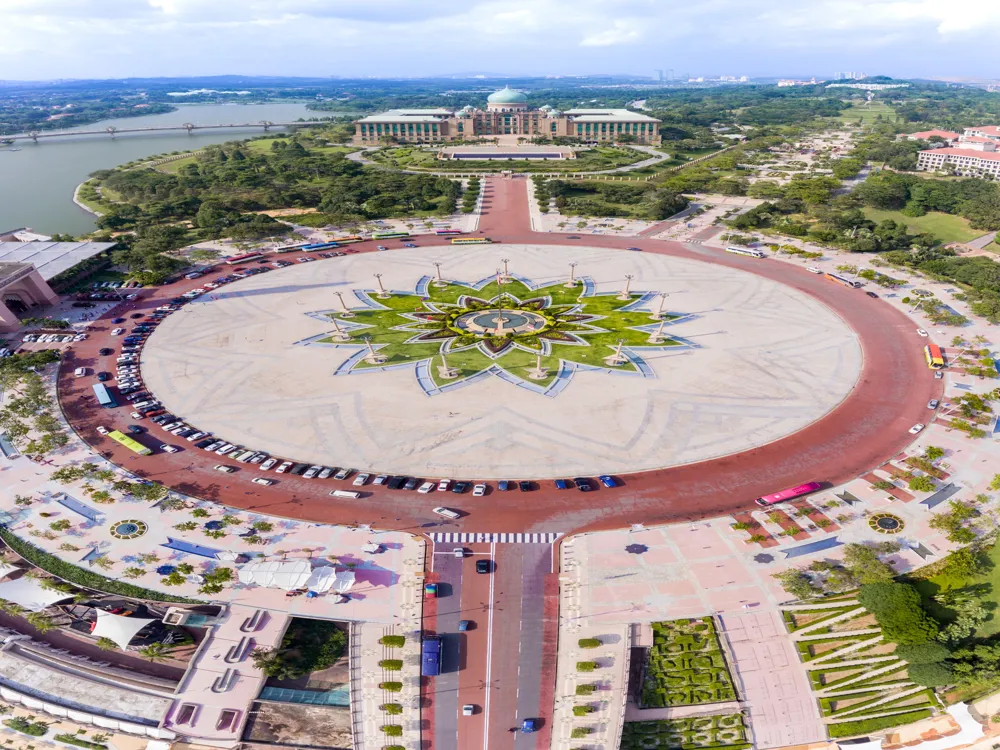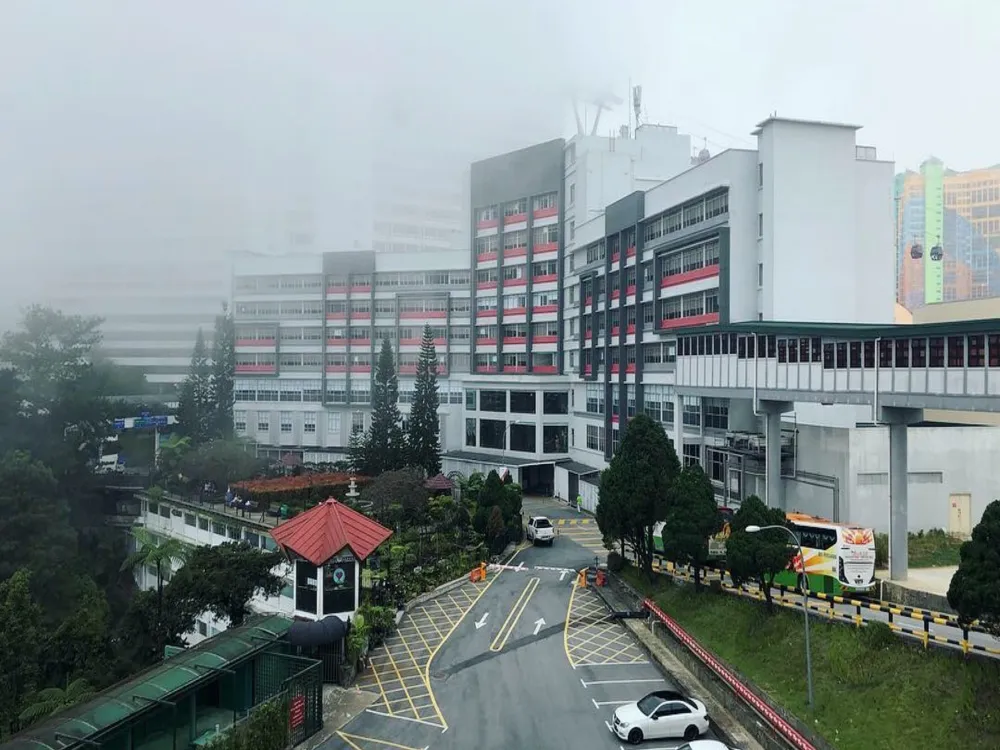The Petronas Towers, also known as the Petronas Twin Towers, are a prominent landmark in Kuala Lumpur, Malaysia. Standing at a height of 451.9 meters, these towers were the tallest buildings in the world from 1998 to 2004. Designed by Argentine-American architect Cesar Pelli, they are a symbol of Malaysia's rapid economic growth and development. The towers are located in the Kuala Lumpur City Centre (KLCC) and form an integral part of the city's skyline. They are a fusion of modern architectural techniques and Islamic art influences, reflecting Malaysia's Muslim heritage. The Twin Towers primarily serve as the headquarters of Petronas, Malaysia's state-owned oil and gas company. Apart from this, they house various offices, a concert hall, and the Suria KLCC shopping mall. An observation deck on the 86th floor offers visitors a breathtaking view of the city. The skybridge connecting the two towers on the 41st and 42nd floors is another highlight, allowing visitors to walk between the towers while enjoying a panoramic view of Kuala Lumpur. Constructed with steel and glass, the towers represent cutting-edge engineering and architectural innovation. They are designed to withstand the region's frequent earthquakes and tropical storms. The exterior design, featuring a series of overlapping steel and glass with Islamic motifs, creates a distinctive visual identity that has made the Petronas Towers an icon of Kuala Lumpur and Malaysia. The Petronas Towers stand as a testament to the ingenuity of modern architecture and engineering. Their design, conceptualized by Cesar Pelli, was inspired by Islamic art and architecture, embodying geometrical principles prevalent in Islamic heritage. The floor plan is based on an eight-pointed star, which is a common motif in Islamic design. This shape not only contributes to the aesthetic appeal of the towers but also enhances their structural integrity. Each tower is constructed with 88 floors of reinforced concrete, steel, and glass. The use of a tubular system provides the necessary support to withstand high winds and earthquakes. The facade of the towers is a curtain wall of glass and steel, which reduces the need for interior lighting and contributes to energy efficiency. The skybridge linking the towers is not only a functional element but also a technical marvel, designed to slide in and out of the towers to prevent it from breaking during high winds. The interior of the Petronas Towers is equally impressive. The lobbies are adorned with traditional Malaysian artwork and intricate Islamic patterns. High-speed elevators transport visitors and employees throughout the towers, reflecting the blend of efficiency and luxury that characterizes the entire structure. The towers are also environmentally conscious, featuring state-of-the-art systems for water and energy conservation. Early morning or late afternoon are the best times to visit the Petronas Towers to avoid crowds. Visiting on weekdays can also be less crowded compared to weekends. It is advisable to book tickets in advance for the observation deck and skybridge, as they are often sold out on the day. Tickets can be purchased online or at the ticket counter. While there is no strict dress code, it is recommended to dress modestly out of respect for the local culture, especially if planning to visit nearby religious sites. Photography is allowed in most areas, but tripods and professional equipment might require special permission. Night photography offers a stunning view of the illuminated towers. The towers are equipped with facilities like restrooms, prayer rooms, and eateries. They are also wheelchair accessible, ensuring comfort for all visitors. The Petronas Towers are easily accessible via public transport in Kuala Lumpur. The most convenient way is by taking the KL Rapid Transit (KRT) and alighting at KLCC Station, which is directly connected to the towers. Buses and taxis are also readily available. For those driving, ample parking is available in the Suria KLCC shopping mall beneath the towers. It's advisable to use public transportation during peak hours to avoid traffic congestion in the KLCC area. Read More:Overview of Petronas Towers in KLCC, Kuala Lumpur
Architecture of Petronas Towers
Tips When Visiting Petronas Towers
Best Time to Visit
Booking Tickets
Dress Code
Photography
Facilities and Accessibility
How To Reach Petronas Towers
Petronas Towers
Klcc
Kuala Lumpur
₹ 18,000 onwards
View kuala-lumpur Packages
Weather :
Tags : Monument
Timings : Tuesday - Saturday: 9:00 AM - 9:00 PM,
Last Admission: 8:30 PM
Friday: 9:00 AM - 1:00 PM, 2:30 PM - 9:00 PM
Closed on Monday, Hari Raya Aidilfitri & Aidiladha
Time Required : 1-2 hrs
Entry Fee : Adult (13 to 60 years)- RM 80
Child (3 to 12 years)- RM 33
Senior Citizen (60 years above)- RM 42
Infant (below 3 years)- Free
Planning a Trip? Ask Your Question
Kuala-lumpur Travel Packages
View All Packages For Kuala-lumpur
Top Hotel Collections for Kuala-lumpur

Private Pool

Luxury Hotels

5-Star Hotels

Pet Friendly
Top Hotels Near Kuala-lumpur
Other Top Ranking Places In Kuala-lumpur
View All Places To Visit In kuala-lumpur
View kuala-lumpur Packages
Weather :
Tags : Monument
Timings : Tuesday - Saturday: 9:00 AM - 9:00 PM,
Last Admission: 8:30 PM
Friday: 9:00 AM - 1:00 PM, 2:30 PM - 9:00 PM
Closed on Monday, Hari Raya Aidilfitri & Aidiladha
Time Required : 1-2 hrs
Entry Fee : Adult (13 to 60 years)- RM 80
Child (3 to 12 years)- RM 33
Senior Citizen (60 years above)- RM 42
Infant (below 3 years)- Free
Planning a Trip? Ask Your Question
Kuala-lumpur Travel Packages
View All Packages For Kuala-lumpur
Top Hotel Collections for Kuala-lumpur

Private Pool

Luxury Hotels

5-Star Hotels

Pet Friendly





